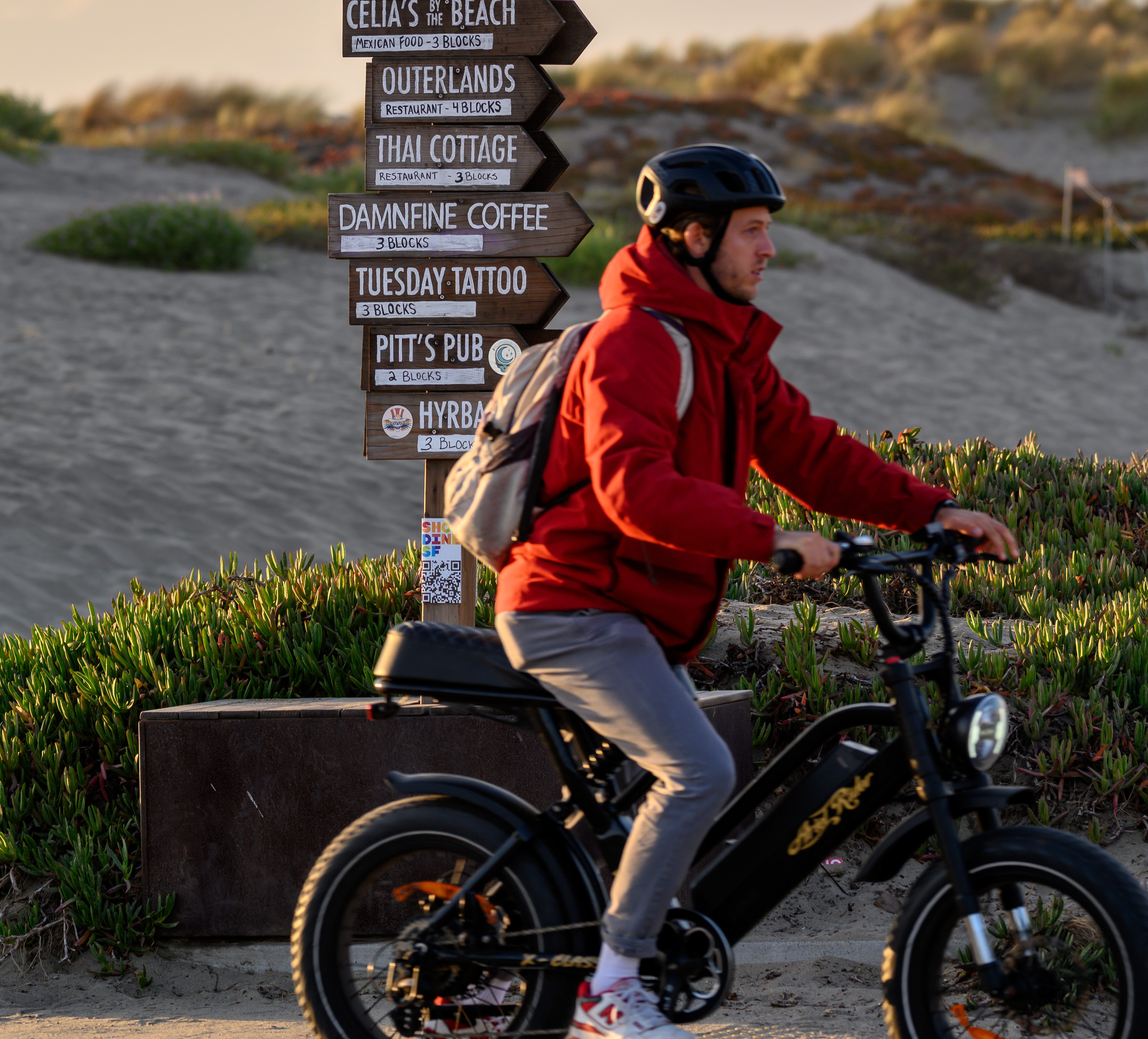
"Last year, San Francisco voters did something exceedingly rare in car-crazy America: They closed two miles of a coastal highway to vehicles, creating a sprawling park for pedestrians, joggers, and cyclists. Of course, furious residents in the neighborhood bordering the erstwhile highway voted last month to recall their representative at City Hall for championing the transformation and, to their minds, creating a traffic nightmare on side streets-even though commute times in the area have grown by just a few minutes since the closure."
"The battle in the City by the Bay is emblematic of the inflection point facing cities nationally. As more electric vehicles hit the road, the temptation is to invest heavily in the infrastructure-roads, highways, parking lots-that will preserve the status quo of prioritizing cars over people. Meanwhile, the e-bike market is skyrocketing-and, according to some studies, outpacing electric cars-providing an even more environmentally friendly travel option."
"Cities and states throughout the country are taking steps to make existing infrastructure more accommodating to those who prefer to pedal. They are lowering vehicle speed limits, building designated bike lanes, providing charging, and ensuring underserved neighborhoods don't get left behind. All of this has been a big change in just the past few years, given that some locales didn't regulate e-bikes at all until the late 2010s, said Leigh Ann Von Hagen, director of the Voorhees Transportation Center at Rutgers University."
San Francisco closed two miles of coastal highway to vehicles, creating a large park for pedestrians, joggers, and cyclists, and nearby residents recalled a representative blaming traffic spillover despite only small increases in commute times. Growing electric-vehicle adoption tempts officials to reinforce car-focused infrastructure, while rapid e-bike growth offers a cleaner alternative. Cities and states are lowering speed limits, building dedicated bike lanes, deploying charging, and prioritizing underserved neighborhoods. E-bikes expand mobility across ages: parents transport children, workers commute, and shoppers carry goods. Policy choices will determine whether urban design continues to favor cars or shifts toward active transportation.
Read at Streetsblog
Unable to calculate read time
Collection
[
|
...
]